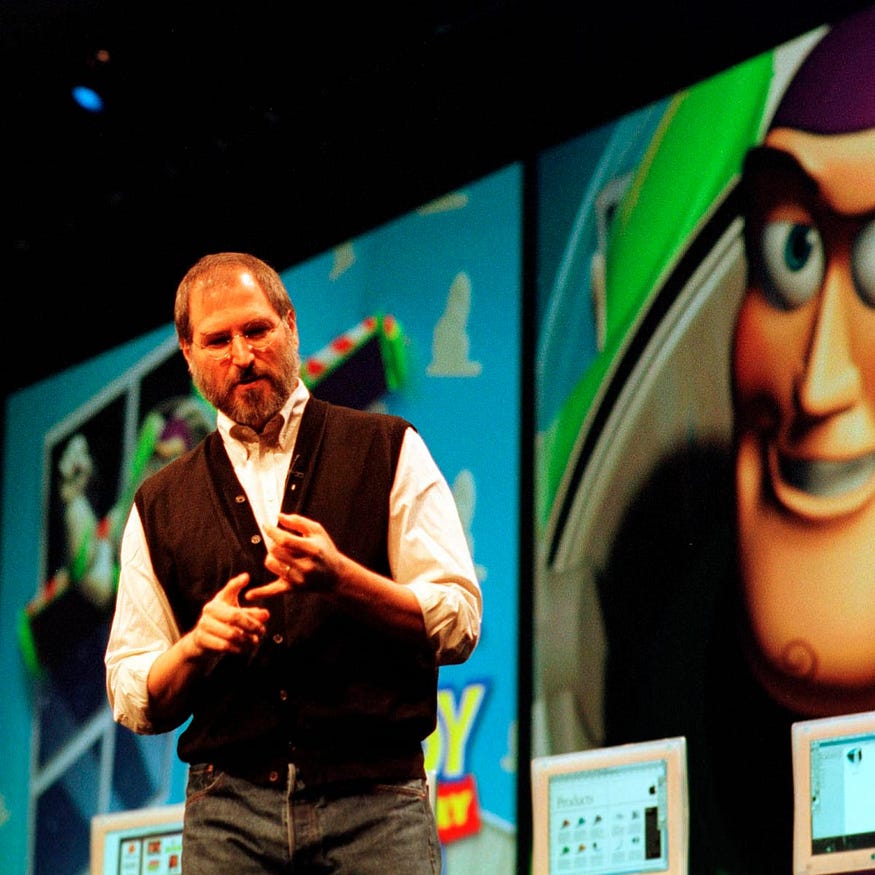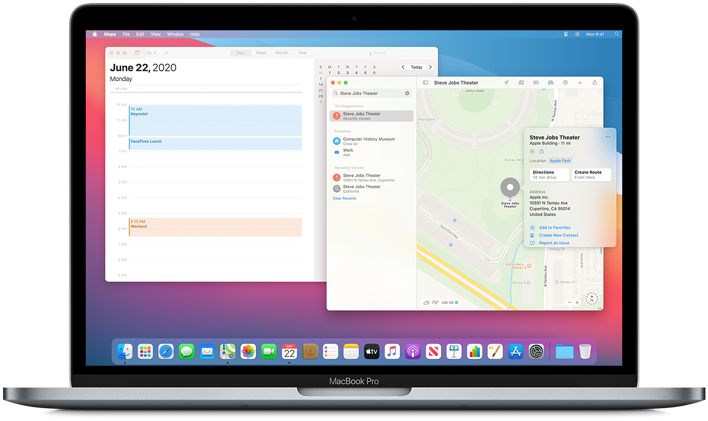Steve Jobs made an immense impact on the world of UX. His design thinking, which included a focus on simplicity and accessibility, continues to be reflected in today’s designs across all industries. In this blog post, we’ll explore how Steve Jobs changed the world of UX through design and his legacy for future generations.
Steve Jobs was born on February 24th in 1955, in Los Altos, California. He died of pancreatic cancer on October 5th, 2011, at the age of 56. Steve Jobs is well known for co-founding Apple and for making it into what it is today: one of the most successful companies in the world.
But his legacy is not only about design; he also changed the way we listened to music with iTunes and made us rethink how movies could be watched and shared with the introduction of Pixar’s first feature film Toy Story in 1995. [1]
Steve Jobs had a significant impact on design thanks to his genius mind and unrelenting drive to create something new that would change our lives forever — which he did with his Apple products like iPhone and iPad, or even earlier than those when during his time as CEO he revitalized Disney’s animation division after buying Pixar from George Lucas. [2]

Steve Jobs left a mark on this world unlike anybody else has before him. His innovations will live long after his death as they have already done for many decades, during which Steve Jobs was alive and designing some of our most loved products that are still used today by millions around the globe.
Designers are often considered to be the most opinionated people on the planet. We’re always telling others what they should or shouldn’t do with their product, app, website, and so on. Steve Jobs was one of those designers that knew exactly what he wanted for his products, and he wasn’t afraid to tell you about it. He was a genius who had an uncanny ability to understand how humans work.
Steve Jobs is quoted as saying, “Design isn’t just what it looks like and feels like — design is how it works.” [3] This quote speaks volumes about why designing something well doesn’t end at looking good but also means making sure the user interface is intuitive enough that anyone can use it without much training (or a manual of instructions).
Many people have been asking themselves, “what was his design philosophy?” The answer to this complex question lies in the following excerpt from Apple’s website:
“People With Passion Can Change The World.” — Steve Jobs [4]
To understand Steve Jobs’ design philosophy, one must first recognize that he had a strong sense of morality and believed strongly in creating simple, easy-to-use, elegant products. He also believed passionately that good design could make a difference in people’s lives and contribute positively to society as a whole.
Steve Jobs believed that good design was a key component of evolution. And I think that’s where we should focus more today; how does the design I work on today affect the bigger picture?
In the world of software, hardware, and everything in-between, it’s sometimes hard to see how our work matters. But I think we have an obligation as designers to create beautiful, convenient, functional, and thought-provoking things that push people forward.
Steve Jobs was known for his high standards of design which he enforced across all products at Apple. He believed that making a product easy-to-use would make users more satisfied with their purchase because they could then use the product without reservation on almost any occasion. Simplicity is vital when designing a UX since fewer steps equate better usability.
The legacy that Steve Jobs left behind will always be appreciated and admired. His influence on the world, in both design and technology, is still felt today.

Steve Jobs was a visionary CEO who revolutionized the world as we know it. His legacy is that of a design-driven genius, and his lessons are valuable for anyone in UX, but especially those who aspire to be great designers.
Understand and apply Apple’s design philosophy to your work
Apple has invested millions (if not billions) in developing their design language and thinking [5], and luckily for us, we can take advantage of that by looking for inspiration in their work and also use the resources they provide for us immortal designers.
Some key examples of what to keep in mind when approaching the Apple design thinking:

You can find design guidelines and even design systems you can download for Adobe Xd, Figma, and Sketch on the Apple website.
How often do you feel like your work doesn’t matter? Sometimes, it can be easy to get caught up in the daily grind of designing a website or an app. That’s when it’s essential to lift your sight and look at the big picture and see what you can do today with your design to make a difference in the user’s life.
Jobs’ design philosophy was to create products that were simple, easy to use, and elegant. His sense of morality and strong belief in a good design influenced his work as a designer. He also passionately believed that adding beauty to the world with well-thought-out design strategies can affect society for the better.
Take this with you and remind yourself this every time you feel like your work doesn’t matter.
Becoming a UX designer is not just about being good at design. You have to see the big picture and understand how all of these little pieces come together to create something great. For many designers, this can seem daunting, but it doesn’t have to be!
In the world of design, Steve Jobs is a giant. He has been at the forefront of many significant innovations and changes in the way we think about user experience design. His style was not without its critics, but it’s hard to deny that millions around the globe love his products.
Steve Jobs will always be remembered for his impact on the world of design. From Pixar to Apple, he made a profound and lasting impression on how we think about user experience design. As UX professionals, we must honor this legacy by understanding and applying what he taught us through his work at Apple — creating an environment where you can make a difference in people’s lives with your designs. Remember that while it may not be possible to live up to all those expectations as a designer now, but if more people like yourself take responsibility for their role in shaping technology, then maybe one day we’ll have reached perfection together.
How do you feel that Jobs’ work affected your design thinking? Let us know in the comments!